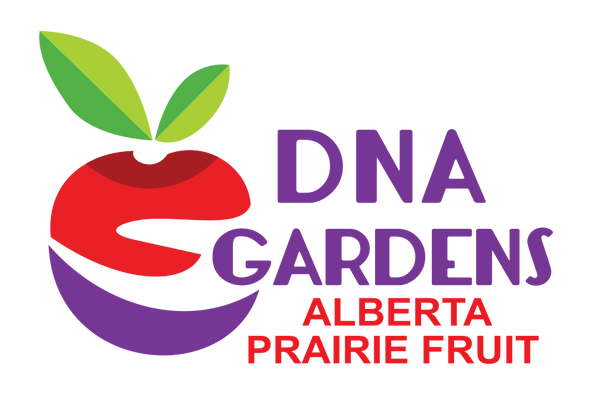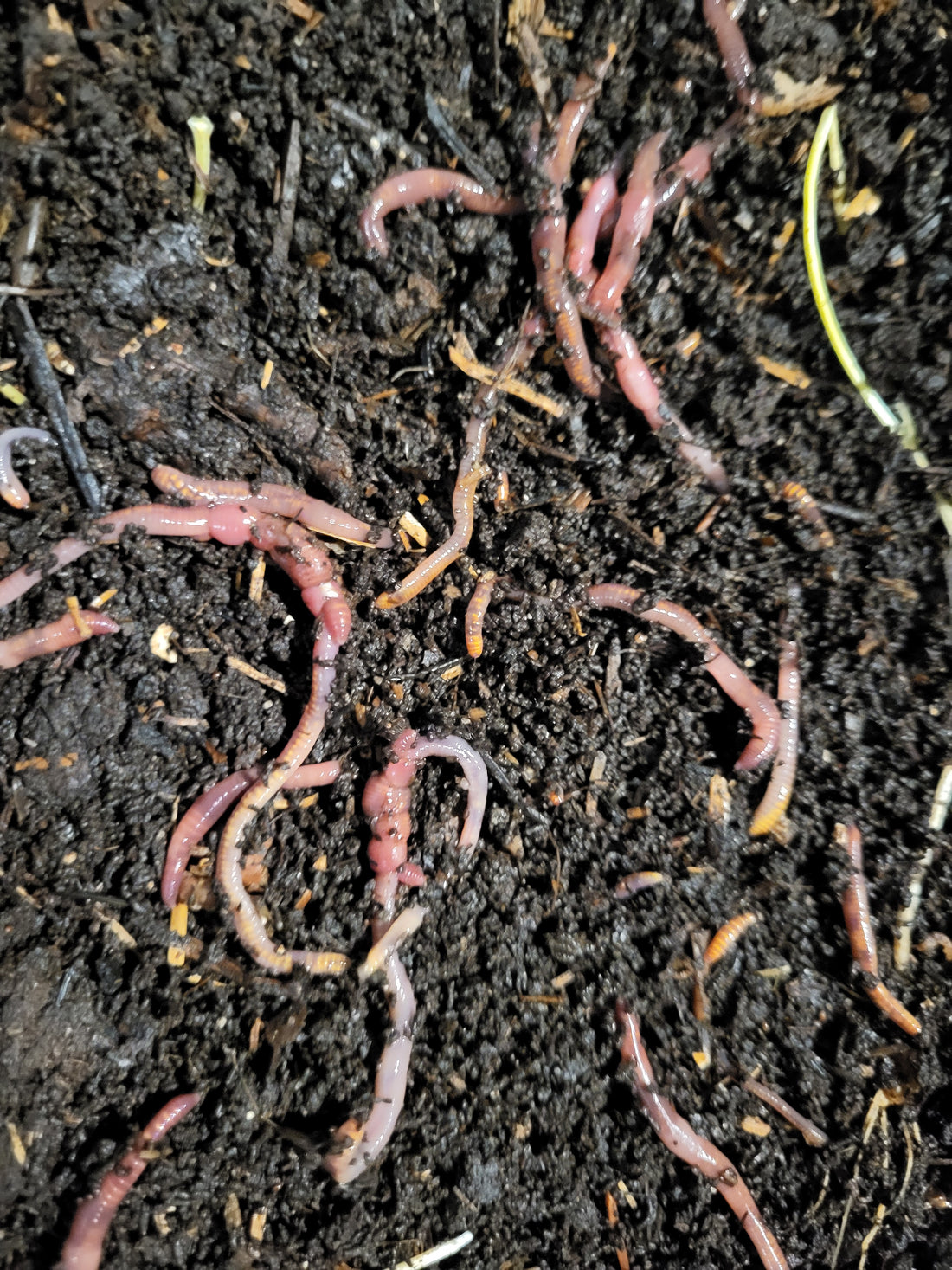Let’s Talk About Soil
Soil is a vital component of the biosphere, constantly changing and balancing micro and macro nutrients. But for gardeners, the most important question is: will things grow? To determine the quality of soil, you must first understand the type. There are three main types of soil: clay, sand, and silt, with loam being a balanced combination of the three. There are also two lesser-known soil types: peat and chalk. Here in Alberta, soil types can vary dramatically depending on location. At DNA, we have a mixture of clay and loam soil, which is ideal for our needs... depending where you dig...
Clay soil is composed of the smallest particles, which can lead to its tendencies to become cold in winter, and in the summer, crack and bake in the sun. Despite its poor drainage, clay soil is rich in nutrients. It tends to compact easily underfoot and requires the addition of organic matter to improve its texture. Identifying clay soil is easy – simply pick it up and roll it between your hands. If it holds together in a coil, then you're holding heavy clay soil.
Sandy soil is easy to recognize by its texture and doesn't require a lot of explanation. It's well-draining and has low water retention and compaction, making it perfect for drought-tolerant plants. However, it's light and has low nutrient density - think Mediterranean plants or dessert dwellers. Drumheller is a good example of the sandy soil type on a large scale. With grass and prickly pear cacti growing abundantly.
A great experiment to better understand what sort of soil you have in your garden is to do the Jar Test.
You will need a jar with a lid, some dish soap and 1 cup of sifted dirt. for this experiment. Collect the soil you would like to test. Fill the jar ⅓ - ½ full with soil. Fill the jar ¾ full with water. Add a teaspoon of dish soap. Place the lid firmly on the top and shake. Let the Jar sit for 24-48 hours.
Once the soil has settled back down, you should be able to see different layers of soil in the jar. At the bottom you will see the sand layer, next the silt, on the top a layer of clay and likely a bit of organic matter above that.
This test can help you understand the percentage of each soil type in your garden. We recommend taking a few samples from around the area you would like to grow in and combine them for your soil test, to get a better idea of the overall area.
Another good test, that's easy to do at home is a pH test.
There are much more detailed and advanced tests you can do for your soil. They cost a bit and would need to be taken in to a lab for processing. These tests break down the micro and macro nutrients in your soil and can be very helpful.
The first step to growing anything - is understanding your soil. Once you have a better idea of the soil you have you can start learning how to amend it and how it changes overtime.? My number one recommendation to improve your soil, is mulch. Mulch with whatever you’ve got, 4-6 inches is best. Learn more about mulch in a coming blog!
Written by:
Skye K.
Horticulturist at DNA Gardens

